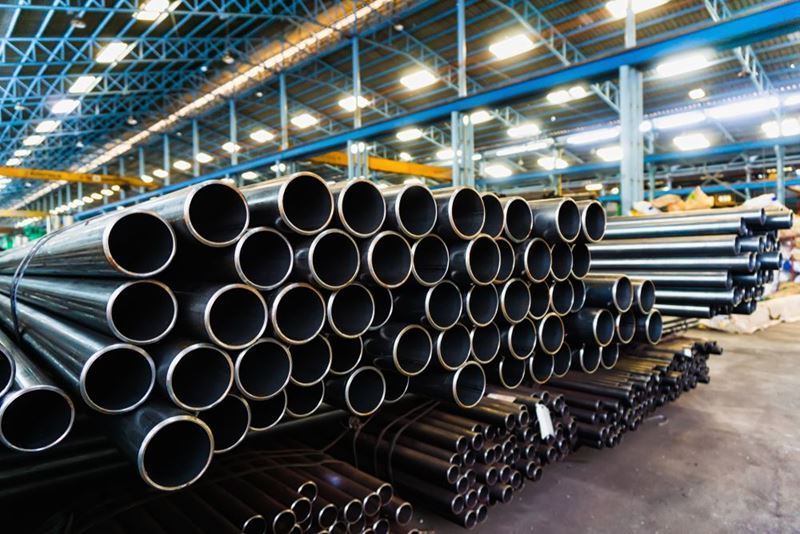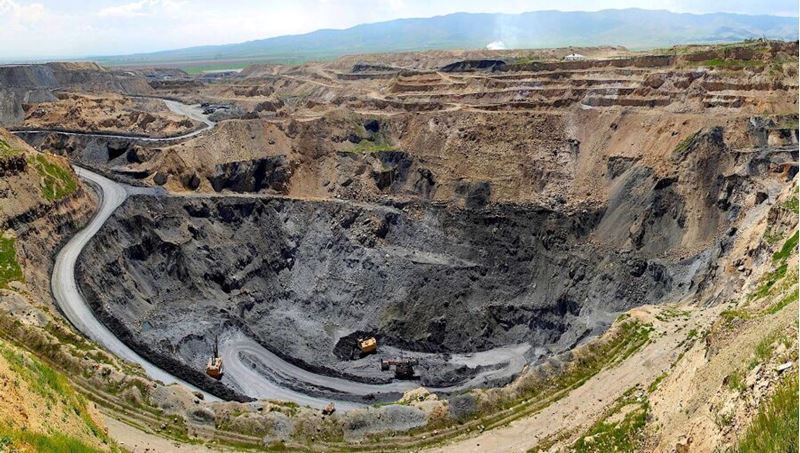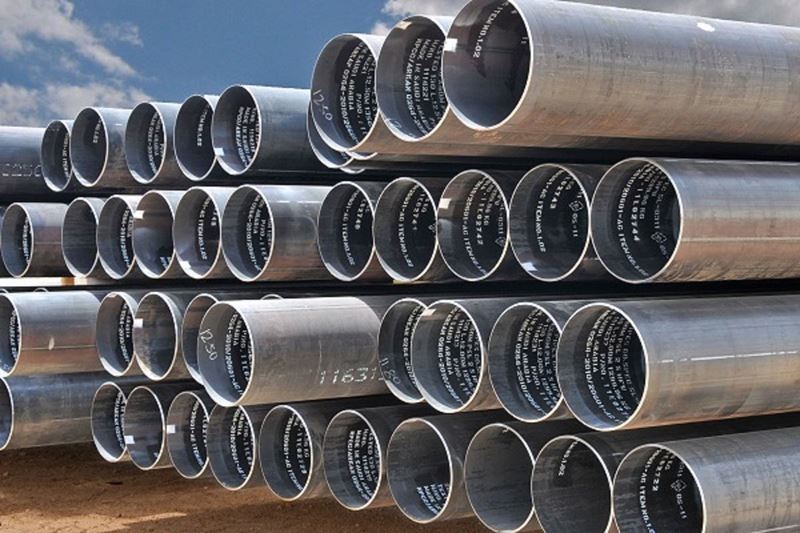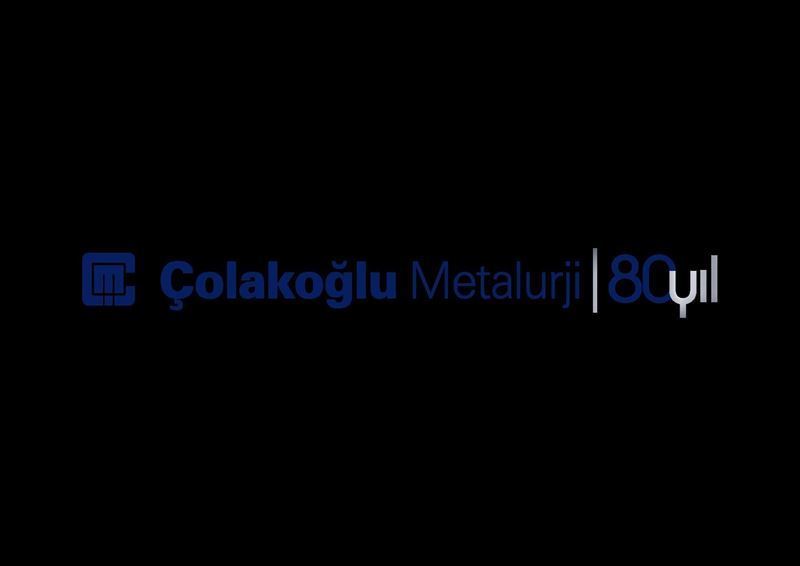However, the World Bank forecasts a further decline in metal prices from 2023 levels as demand slows and supply is abundant, before stabilizing in 2025 as demand picks up.
On an annualized basis, most industrial metals and energy commodities are expected to rise in 2024 compared to 2023, BMI said. It attributes this to a weaker dollar, ongoing supply constraints and favorable sentiment. However, it warns that weak global growth and a slowing Chinese economy could limit price gains.
In terms of annual averages, BMI predicts that natural gas, iron ore, tin and aluminum will see the most significant increases in 2024 compared to 2023, while zinc will face the sharpest declines. The agency expects prices to remain between their 2022 highs and pre-COVID lows, with some volatility due to recession risks, geopolitical uncertainties, dollar fluctuations and the effects of El Niño.
In its Commodity Outlook report, the World Bank forecasts a steady decline in base metal prices through 2024, driven by weak economic activity in China and other major economies as well as improvements in supply. Prices are expected to fall by 12 percent in 2023 and 5 percent in 2024 compared to 2022. The report underlines that high borrowing costs outside China may reduce demand for metals such as lead and tin, which are widely used in industry and consumer durables.











Comments
No comment yet.